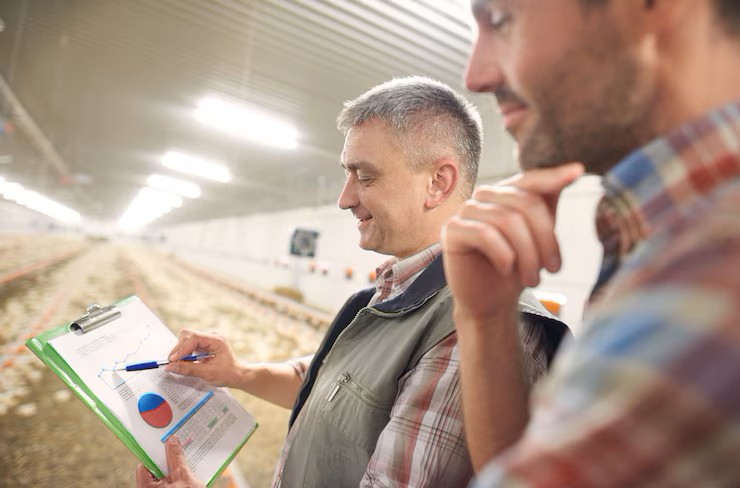Securing a loan for a farming business can be a game-changer, providing the financial support needed to purchase land, equipment, livestock, seeds, or expand operations. However, the process requires careful preparation, a solid business plan, and a good understanding of what lenders are looking for. Whether you’re starting a new farm or growing an existing one, knowing how to navigate the loan application process increases your chances of approval and ensures you get the right financing for your needs.
The first step in getting a farming loan is to determine how much money you need and what you plan to use it for. This helps narrow down the type of loan that best suits your goals, whether it’s a short-term loan for seasonal expenses or a long-term loan for buying land or equipment. Clearly defining your loan purpose also shows lenders that you’ve thought through your financial needs and have a plan for repayment.
Once you know your funding requirements, prepare a detailed farming business plan. Lenders want to see a clear vision of your operation, including your products, target market, production methods, and financial projections. A strong business plan should include an income statement, cash flow forecast, balance sheet, and a break-even analysis. These documents demonstrate your ability to manage the farm profitably and repay the loan.
Next, check your credit history. For individual farmers, a personal credit score is often a key factor in loan approval. Lenders use your credit report to assess your reliability and financial responsibility. If your score is low, take steps to improve it before applying—such as paying down debts, avoiding late payments, and correcting any errors in your report.
It’s also important to gather the necessary documents before approaching lenders. These may include your identification, bank statements, tax returns, land ownership or lease agreements, equipment quotes, and collateral details. Having everything in order speeds up the process and shows that you’re organized and serious about your business.
Now it’s time to explore your financing options. Traditional banks are one source of farm loans, especially for larger operations with solid credit and collateral. Agricultural development banks and government-backed institutions often provide more accessible options for smallholders and new farmers. Many countries offer agricultural loan programs with lower interest rates and flexible terms to support rural development and food production.
Microfinance institutions and cooperative societies are also popular among small-scale farmers. These organizations may have more flexible requirements and a better understanding of the unique challenges faced by farmers. Some offer group loans or financing linked to farming cycles, which can be easier to manage than conventional monthly repayment schedules.
Another option is applying for loans through agritech platforms and fintech companies, which provide digital lending solutions tailored to farmers. These platforms often use alternative credit scoring methods and offer faster approvals, making them a good choice for farmers without formal banking histories.
When you’re ready to apply, make sure your application is complete and tailored to the lender’s requirements. Be honest about your financial position and clearly explain how the loan will improve your farm’s productivity and profitability. If collateral is required, be prepared to offer land, livestock, or machinery. Always review the loan terms carefully—including interest rates, repayment period, and penalties—before signing any agreement.
After submitting your application, follow up with the lender and be prepared to answer questions or provide additional information. If your loan is approved, use the funds responsibly and keep accurate financial records to ensure timely repayment and build a good relationship with the lender for future borrowing needs.
Getting a loan for a farming business is a strategic step toward achieving growth and sustainability. With the right preparation, strong financial planning, and a clear understanding of your funding needs, you can secure the support necessary to turn your farming goals into reality.







